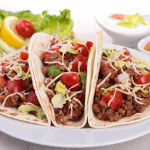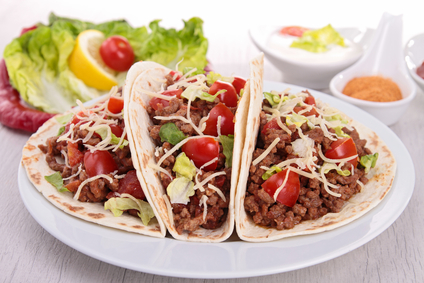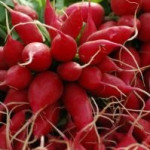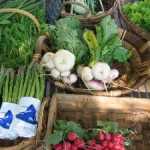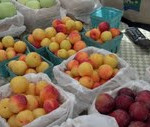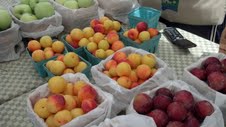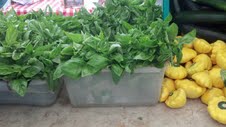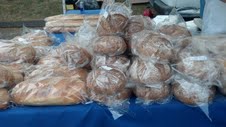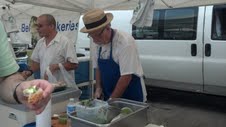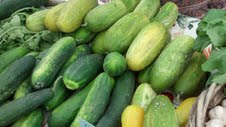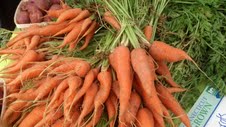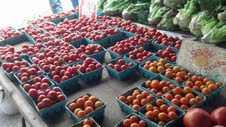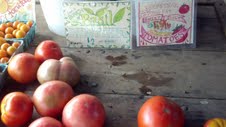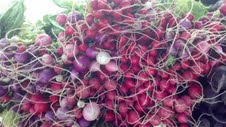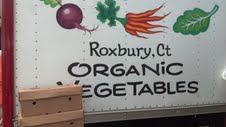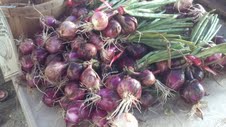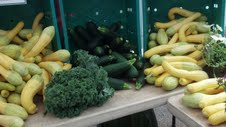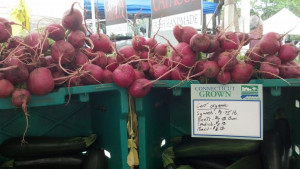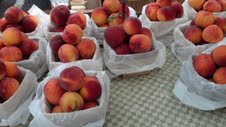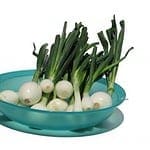Summer is here and why pay top dollar going out when you can make delicious hot dogs at home? Here is a guide to the different ways Americans make their frankfurters around the country. I had the Sonoran style hot dogs while I was in Tucson in February and absolutely loved them.
New York Style
Served with brown or German mustard and sauerkraut or onions cooked in tomato paste.
Chicago Style
Served on a poppy seed bun with mustard, pickle relish, sport peppers, onions, tomatoes, dill pickles and celery salt. Pepperoncini can be substituted for sport peppers.
Kansas City Style
Served on a sesame seed bun with brown or German mustard, sauerkraut and Swiss cheese.
Atlanta “Dragged Through The Garden” Style
Serve topped with coleslaw.
Detroit “Coney” Style
Served with chili, onions, mustard and cheddar cheese.
Seattle Style
Served with cream cheese and grilled onions.
Phoenix/Tucson “Sonoran” Style
Served as a bacon-wrapped hot dog with pinto beans, onions, tomatoes, mustard, mayo, jalapeno peppers and cheese.
Austin “Tex-Mex” Style
Served with queso, guacamole and crushed tortilla chips.
San Francisco “Wine Country” Style
Served with red wine caramelized onions and goat cheese.
Miami “Cuban” Style
Served with mustard, pickles and Swiss cheese.
I love radishes and am always drawn to the pretty color of a pile of radishes. Most of us just slice them into a green salad and the left-over radishes die a fateful death in the fridge. Here are some non-salad ideas that will expand your radish repertoire.
Radish Sauté – It doesn’t really occur to many people that you can cook radishes (as with cucumbers). It’s so simple to sauté radishes in olive oil or butter. They are delicious and make you appreciate radishes in a while new way.
Kimchi – Sprinkle the radishes with a bit of kosher salt and a little chili paste. Toss together and then pack them into a glass jar. Place in the back of the fridge for two weeks. Excellent on top of a burger.
Butter & Sea Salt – A fine butter and a pinch of sea salt on top of a radish slice make the perfect summer bite.
Radish “Sauerkraut” – Slice 1 pound of radishes and toss with 1 tablespoon of kosher salt. Pack tightly into a glass jar. Weigh down with a wrapped can and place on a shelf for two weeks. Makes a great addition to a sandwich.
Shaved & Lightly Poached In A Tasty Liquid – Slivers of radish dropped in a simmering stock and/or wine for 10 seconds are a great compliment to fresh fish. They let go of their bite, but retain some of their unique crunch we all know and love.
Braised – Sauté a little onion and garlic. Add in some radish quarters and a healthy splash of red wine. Cover and simmer for 20 minutes. Finish with a squeeze of lemon or dash of vinegar. Excellent draped over a grilled steak or pork chop.
Pickled – Slice some 1/4 inch coins and throw them into a jar. Pour brine over them (1 teaspoon kosher salt, 1/2 teaspoon sugar, 1/2 cup water and 1 1/2 cups cider vinegar). You may want to throw in a few dried chilis if you want a bit of spice. Let sit in your fridge for a week.
Soup – Simmered for 30 minutes in a soup. The radishes will take on a sweet and velvety character.
Grated – Grate the radishes along with some freshly grated ginger and use as a condiment with any oily fish such as trout or mackerel.
Roasted – Quarter and toss with a little olive oil. Season with kosher salt and freshly ground pepper. Roast in an oven at 425º F for 20 minutes. They should be a little brown and will become sweet. Toss them with some toasted nuts. They are a great side dish at any potluck picnic.

“Food, one assumes, provides nourishment; but Americans eat it fully aware that small amounts of poison have been added to improve its appearance and delay its putrefaction.” – John Cage
There has been quite a bit of controversy these days about eating organic. Recent studies state that it really doesn’t matter if you eat organic foods or not. When something is labeled organic, it usually means that a farm has not used pesticides and has taken considerable care to avoid any cross-contamination. Producing organic food undoubtedly costs more money which is passed on to the consumer. Buying organic tends to be quite a bit more expensive than buying non-organic.
Honestly, I don’t care what the studies are saying about eating organic versus eating non-organic. I would rather not put pesticides into my body as well as wanting to support farmers and food companies that are not using pesticides. I love going to farmers’ markets during the spring, summer and fall and when I am shopping in the grocery store I am willing to pay a bit more for organic food.
If you have decided not to buy organic here is a list of foods that have found to be the most and least contaminated.
Most Contaminated
Apples
Bell Peppers
Celery
Cherries
Grapes
Lettuce
Nectarines
Peaches
Pears
Potatoes
Spinach
Strawberries
Least Contaminated
Asparagus
Avocados
Bananas
Broccoli
Cabbage
Corn
Kiwis
Mangos
Onions
Papayas
Peas
Pineapples
I love going to farmers' markets, especially good ones. It's the closest to "farm to table" that I can get without growing my own fruits and vegetables. Yesterday was my first visit to the New Canaan farmer’s market. It’s a good one! I picked up beets, radishes, tomatoes, cucumbers, onions, peaches and plums. Everything looked great and even though the vendors were busy they were very friendly and seemed happy to be there.
New Canaan Farmers’ Market
Saturday 10am to 2pm
May 12th Through October
Old Center School Parking Lot
South Avenue & Maple Street
www.newcanaanfarmersmarket.net

